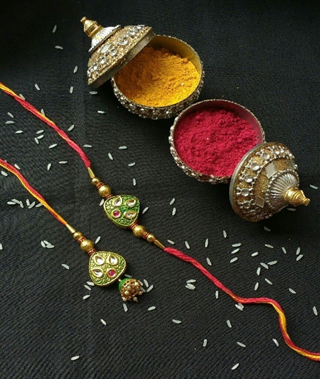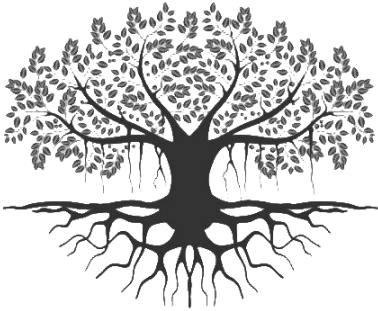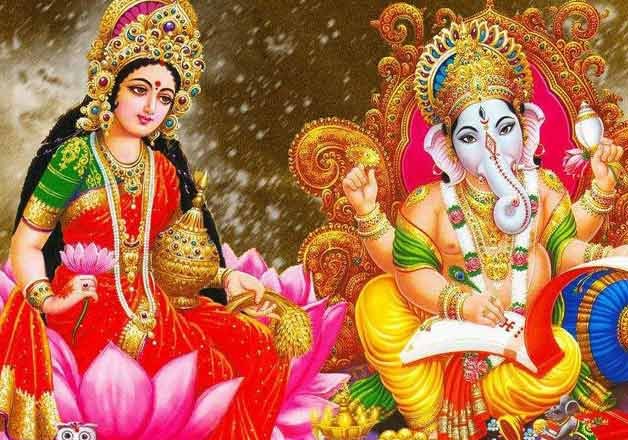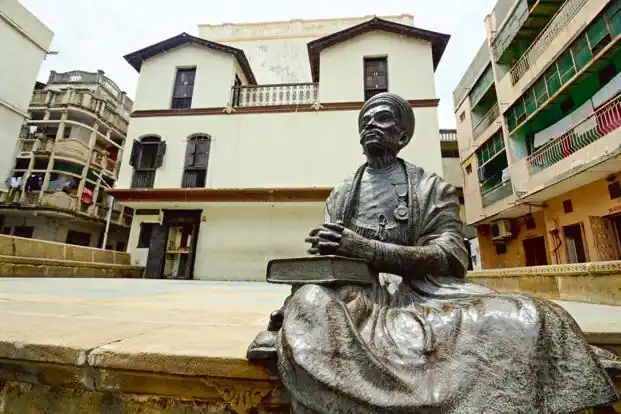
Raksha Bandhan
When :
Full moon day in the month of Shravan as per the Gujarati calendar.
The Ritual :
Traditionally, a sister ties a sacred thread on her brother's wrist and prays for his well being. In return the brother pledges to be with her through her thick and thins. The 'rakhi' represents the purity of relationship between them. They also exchange gifts.
Although our community is traditionally patriarchal, this day is as much for the sisters and the women who care for us. The day can be celebrated with anyone who you share a pure, loving relation with.
The Background
As per the Sanskrit terminology, the occasion means “the knot of protection” where “Raksha” stands for the protection and “Bandhan” signifies the verb to tie. Historically, women used these holy threads as amulets which, after prayers, were tied to their husband when they were leaving for a war. Unlike the present times, these holy threads were not limited to brother-sister relationships.
Raksha Bandhan has its origin in rural folk traditions. There are several stories related to this tradition. However, what is important to see the tradition as an opportunity to celebrate and strengthen family bonds.
Raksha Bandhan has its origin in rural folk traditions. There are several stories related to this tradition. However, what is important to see the tradition as an opportunity to celebrate and strengthen family bonds.
The Story
There are several stories related to this tradition, here I share three;
Story of Bhavishya Purana
According to mythological beliefs, the gods and the demons fought for 12 years to protect the earth, but the gods did not win. Then Devguru Brihaspati asked Indra’s wife Shachi to make Rakshasutra by fasting on the full moon day of Shravana Shukla. Indrani tied that defense thread to Indra’s right wrist and then the gods defeated the demons and won.
Vamana Avatar Story
Once Lord Vishnu was very pleased with the prayers of Bali, the king of demons, and granted Bali a boon. Then Bali asked Lord Vishnu to settle in Patal lok. Goddess Lakshmi and all the gods were very worried as Lord Vishnu went to Patal lok. Then Goddess Lakshmi went to Patal lok in disguise as a poor woman Lakshmi, tied a rakhi to Bali and asked for a promise to take Lord Vishnu back from there. That day was the full moon of Shravan month. Since then Rakshabandhan is celebrated.
Story of Draupadi and Shri Krishna
Krishna and Draupadi are considered siblings in the Mahabharata period. According to the mythological beliefs, the index finger of Lord Krishna was cut off while killing Shishupala. Then Draupadi had torn her sari and tied it on Lord Krishna’s finger. That day was the day of Shravan Purnima. Since then Rakshabandhan is celebrated. Krishna, playing the duty of a brother, protected Draupadi when she was in trouble.
The Message
An occasion to celebrate and strengthen the affection between siblings, cousins and other family.
Popular Posts
Copyright © 2024 WeGujarati. All Rights Reserved. Designed By The Creativity Studio





